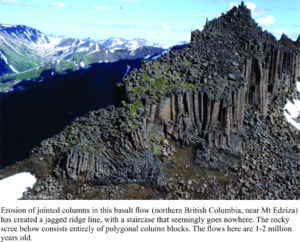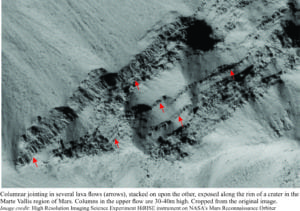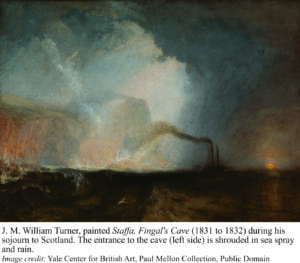Saturday August 8, 1829, Felix Mendelssohn and his traveling companion Karl Klingemann, took a boat trip to Fingal’s Cave, the entrance to a world beneath Staffa, an inconspicuous dot on the edge of the Atlantic. Staffa is part of the Hebrides Archipelago, west Scotland. Celtic legend called it Uahm Binn, ‘The Cave of Melody’, that in story was part of a bridge extending to the iconic Giant’s Causeway in County Antrim (Northern Ireland). The Celtic name is apt; Atlantic swells echoing countless songs. Klingemann later wrote “Fingal’s Cave…its many pillars making it look like the inside of an immense organ, black and resounding, and absolutely without purpose, and quite alone, the wide grey sea within and without.”.
These impressions must have lingered with Mendelssohn who, a few months later composed “The Lonely Island”, an overture that, later renamed “The Hebrides”, creates a wonderfully lyrical image of the sea, its moods, its rise and fall, ebb and flow (the link is to one of the better YouTube clips that shows the orchestra and conductor Sir John Elliot Gardner in performance).
The geology of Fingal’s Cave and Giant’s Causeway is relatively simple; both formed from basalt lava flows 6o million years ago. This in itself is unremarkable. What has piqued the interest of travellers over the centuries, are the 1000s of rock columns, arranged cheek-by-jowl, row upon row. There is a wonderful orderliness here, an architectural uniformity. They are called columnar joints.
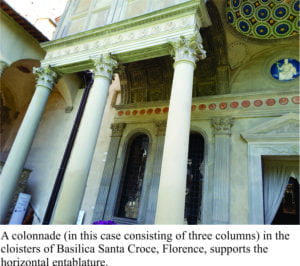



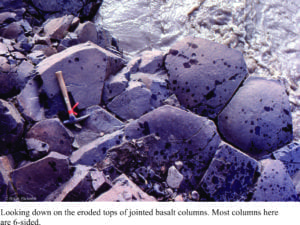

The spectacle of joint patterns extends beyond our own Sphere. There are many parallels between volcanic processes on Earth and those on other rocky planets. This certainly seems to be the case on Mars, where columnar jointing of the colonnade kind has been observed in lava flows exposed along a crater rim.
Mendelssohn’s enthusiasm for Fingal’s Cave and its rocky outcrops is infectious. Look up from the base of a colonnade and imagine organ pipes; cathedral-like. Add waves, or wind bending across a ridge top, and there’s the orchestration. Renowned painter William Turner, on a recommendation from Sir Walter Scott, sailed to Staffa and Fingal’s Cave, capturing the dimly visible coastal structure as the sun “…burst through the angry rain cloud”. Turner exhibited Staffa, Fingal’s Cave in 1832, the same year that Mendelssohn’s overture was first performed in London.
Columnar jointing in basalt flows is not uncommon. But it is a bit of an oddity. The basalts themselves, jointed or not, are regularly useful in helping to solve some of the great geological mysteries; they can be dated, and they provide useful information on how Earth’s crust has evolved. But the colonnades and entablatures? I’m not sure what they add to these grandiose theories. And yet these structures continue to attract the attention of travellers and sightseers, of artists and commentators; they provide a spectacle, they pique the imagination. And as such, they are worthy of our attention.



